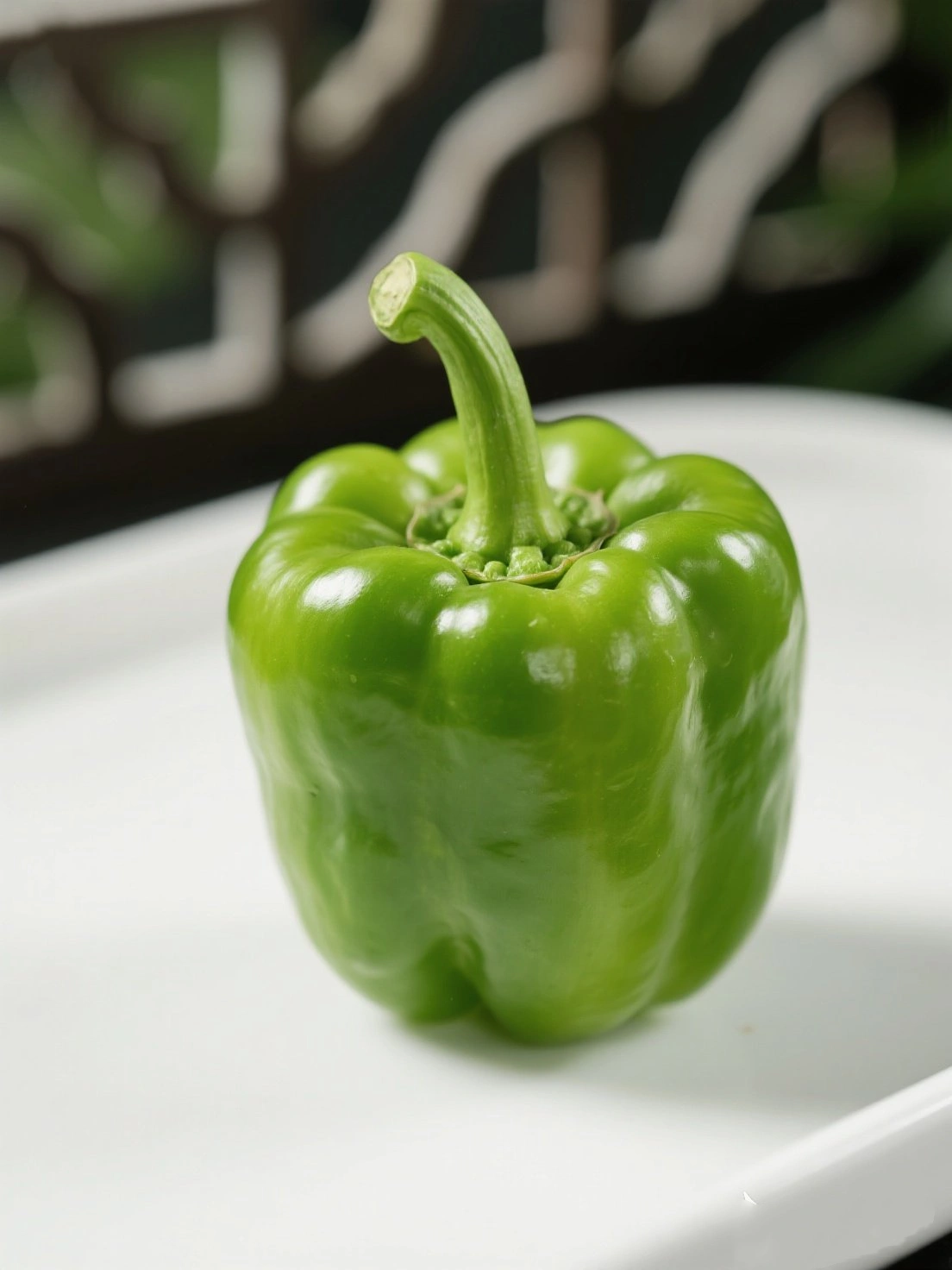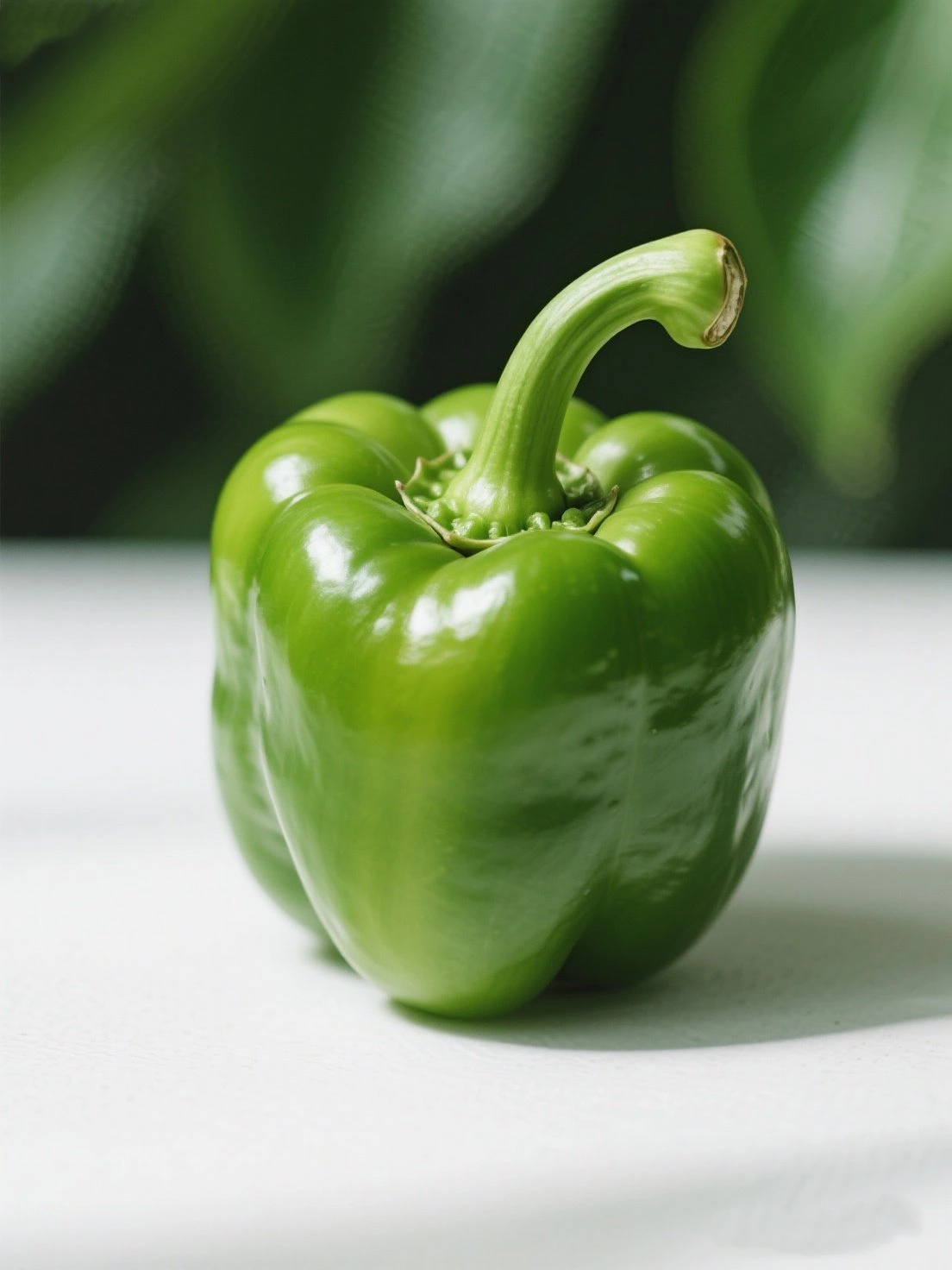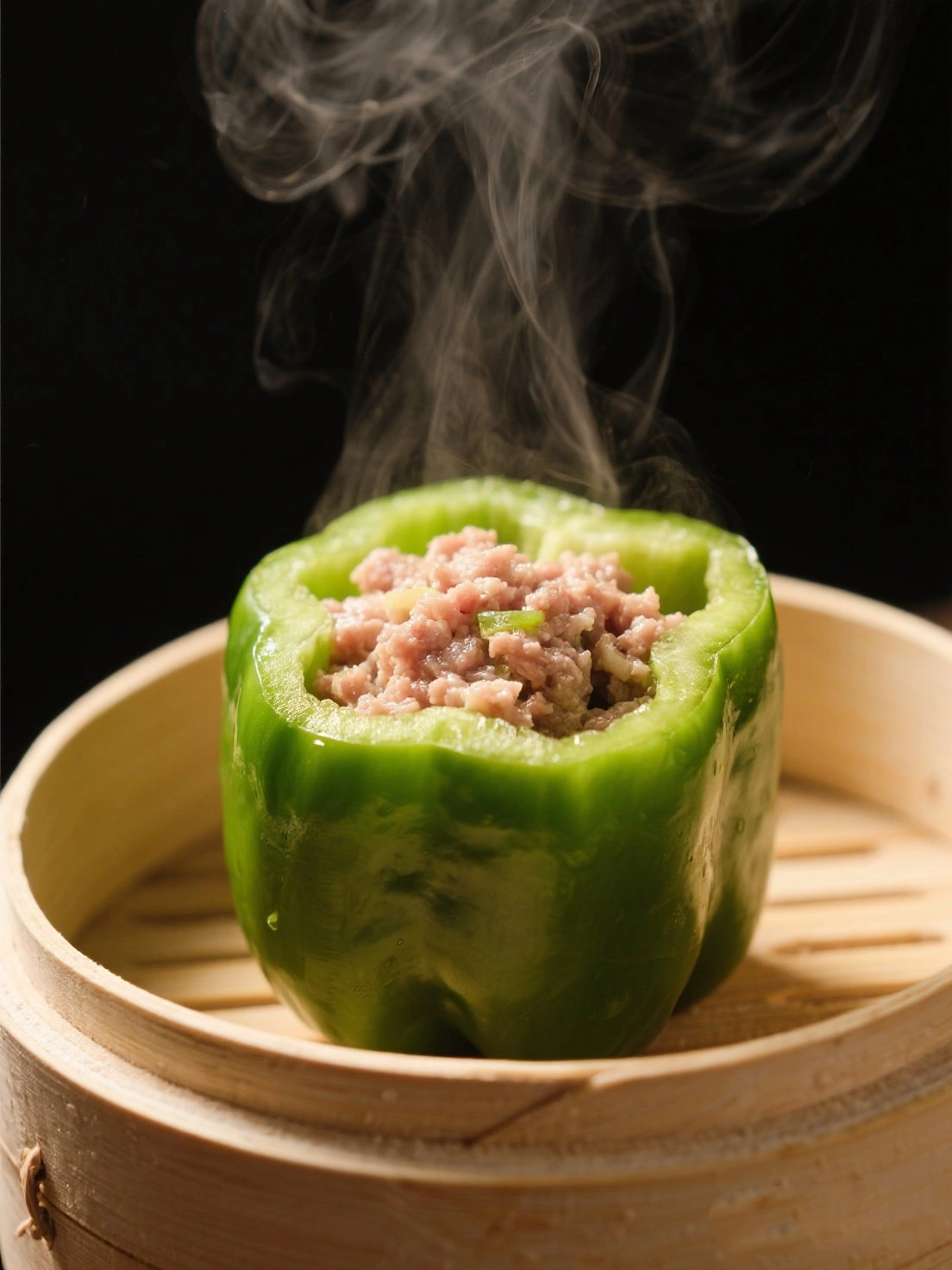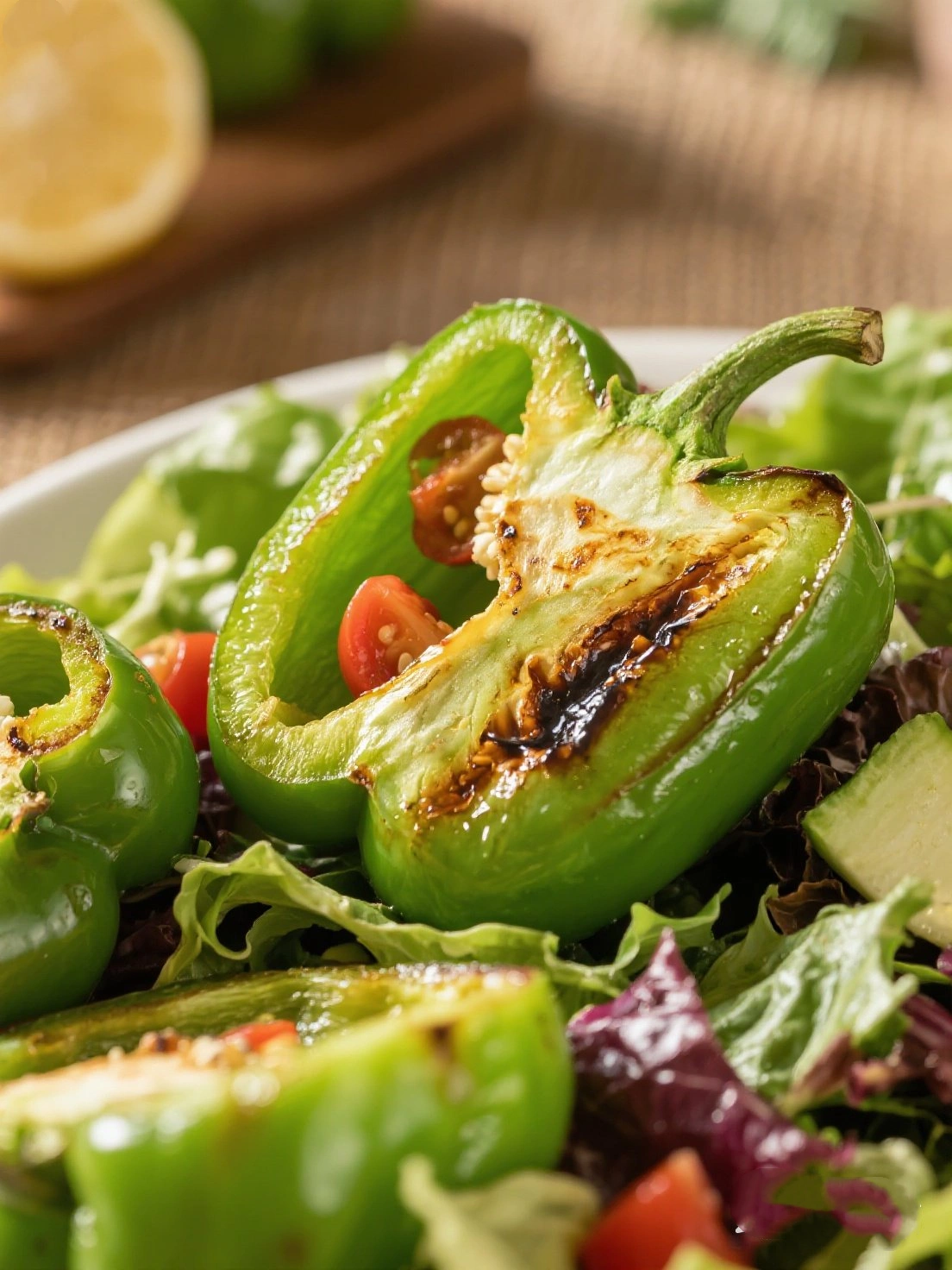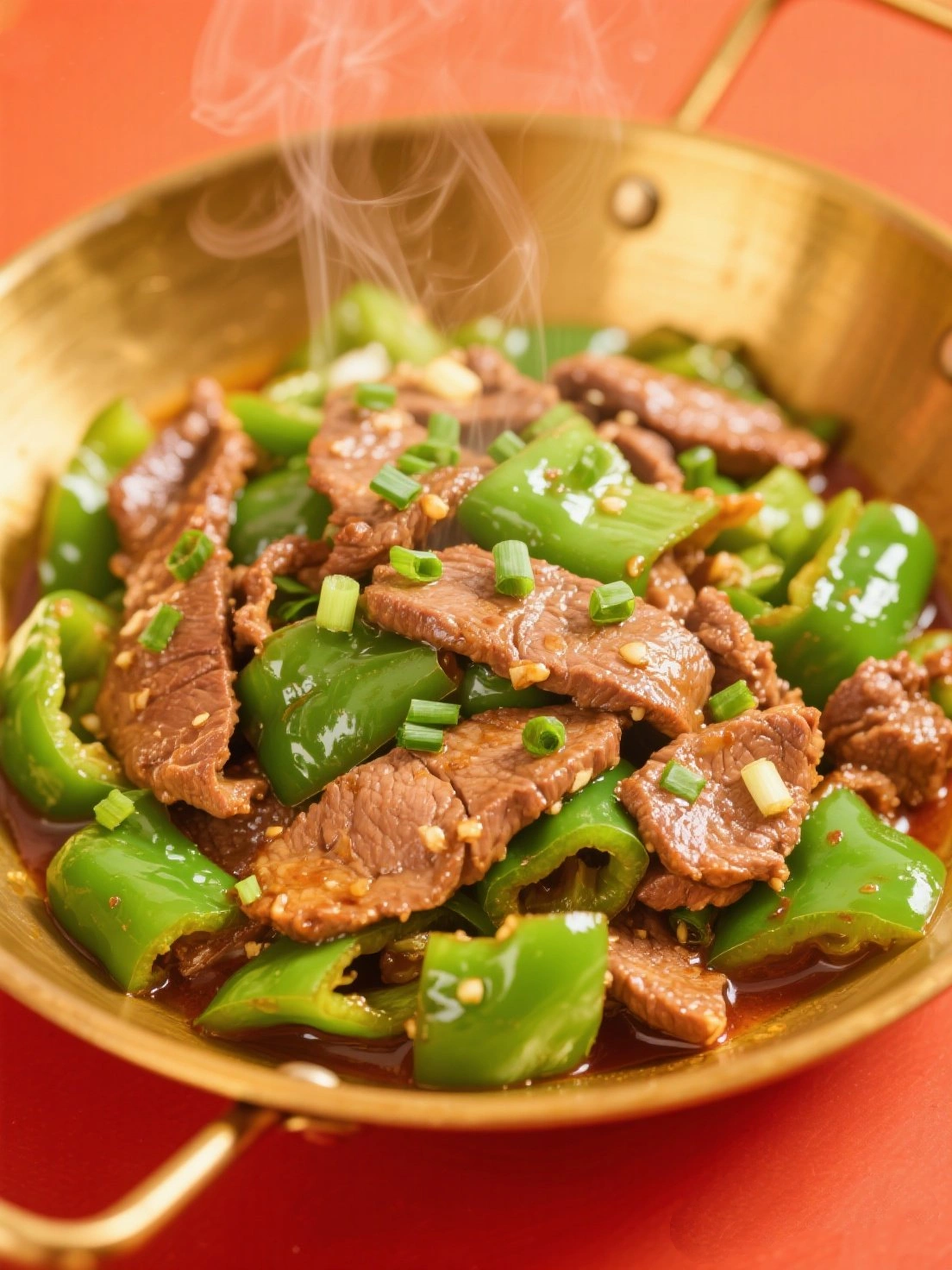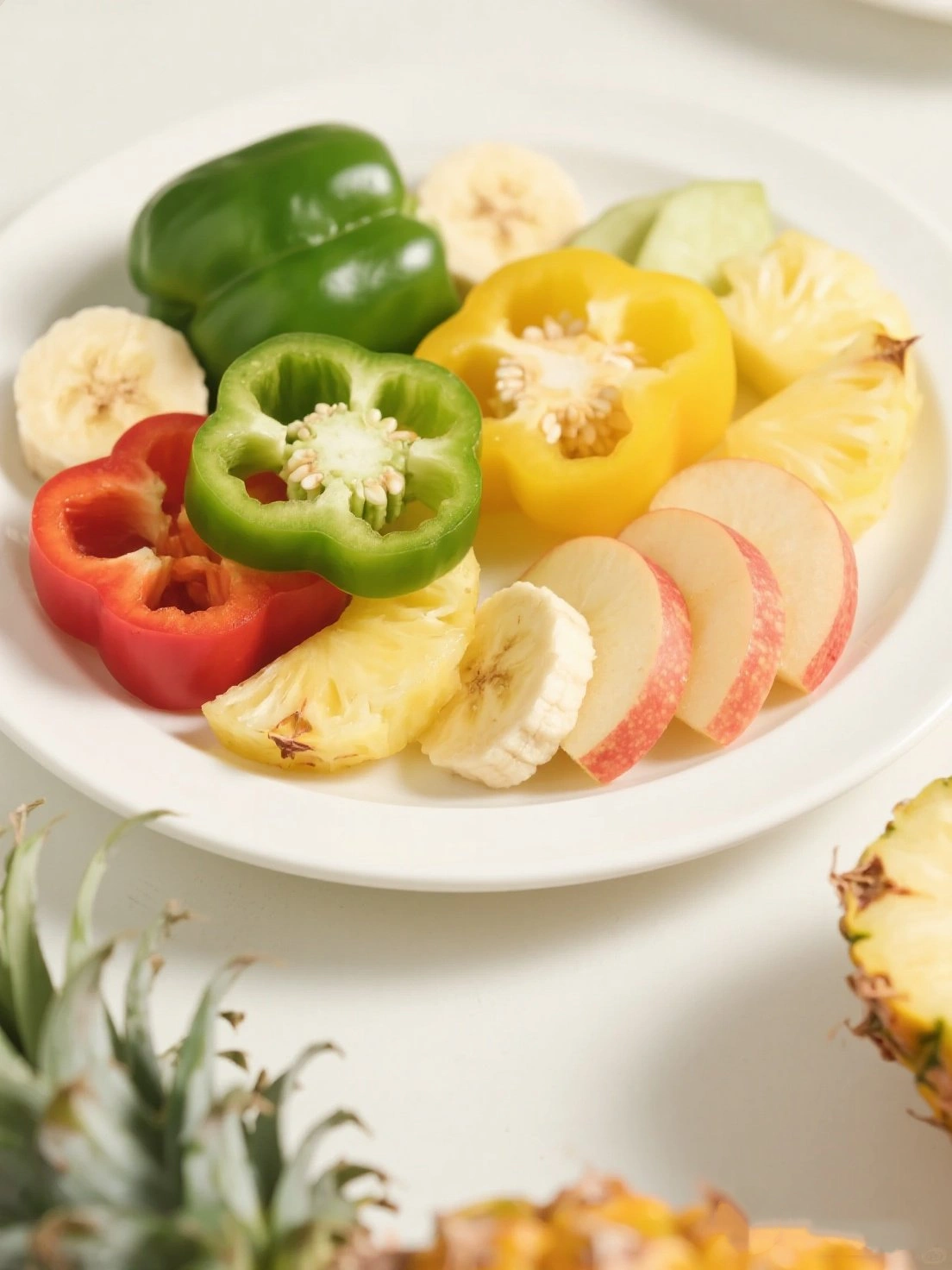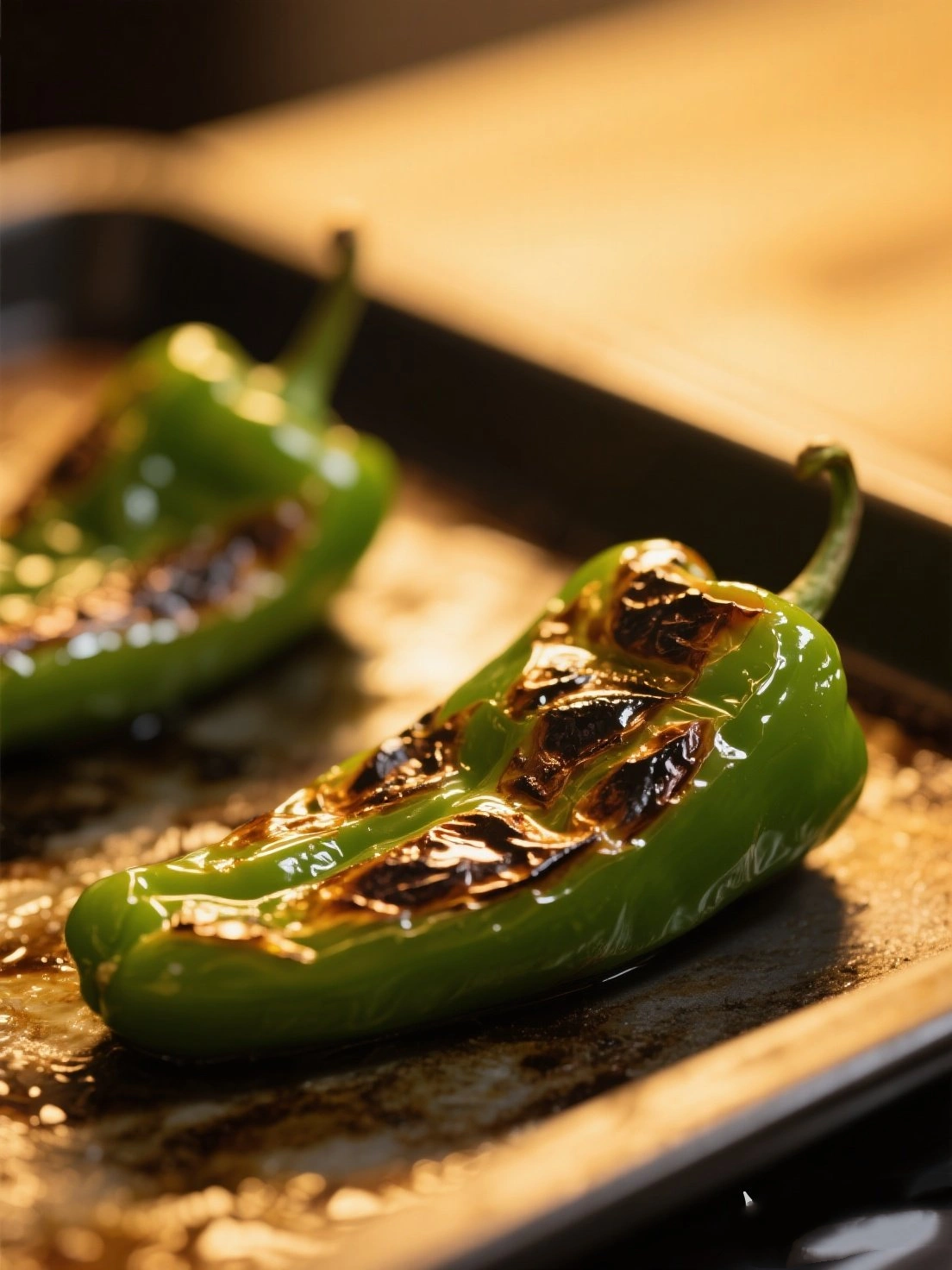Green bell peppers (Capsicum annuum) are actually unripe versions of colored bell peppers that originated in Central and South America over 5,000 years ago. Christopher Columbus brought them to Europe in the 15th century, where they quickly spread throughout the world due to their versatility and nutritional value.
Unlike their spicy chili pepper relatives, bell peppers were selectively bred for their sweet, mild flavor and thick, crisp flesh. Green peppers are harvested before full maturity, which is why they have a slightly bitter flavor compared to their red, yellow, or orange counterparts that develop more sweetness as they ripen.
Today, China is the world's largest producer of bell peppers, followed by Mexico and Indonesia. Green bell peppers remain popular worldwide for their crunchy texture and ability to complement countless dishes while adding vibrant color and nutrition.
